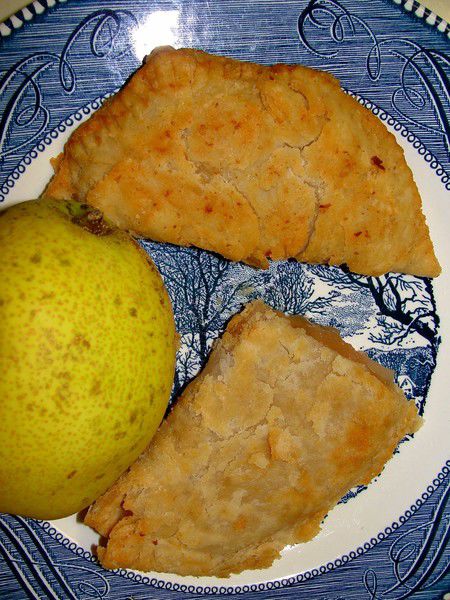Pears are ripe, and pies and preserves are calling
Published 7:34 pm Wednesday, August 9, 2017
My mom’s been making fried pear pies lately from fruit off a tree I grafted for her from an old home place not far from her house. I don’t know what cultivar it is, but like other hard canning pears in the South, it’s long lived, fireblight resistant and excellent for cooking and preserves.
I grew up eating pears off this old tree like they were green apples. These days, my terriers are obsessed with eating them as well, and won’t go anywhere without taking a pear along to munch on.
Pears (Pyrus spp.) have endured the best test available – the test of time. They originated in the Afghanistan-Russia-China area and are thought to have been used for food by Stone Age men. The Greeks improved pears, which were referred to as “the gift of the gods.” Pear seeds were sent to America in 1629, and they produced so abundantly that by 1771 one nursery listed 42 varieties.
Pears were very popular during colonial days because they stored so well. In fact, pears can and should be harvested before they fully ripen or become soft. Several criteria can be used to determine fruit maturity. These are firmness, color, and corking of lenticels.
A crude measure can be done by hand. When the fruit changes from the firmness of a baseball to the feel of a softball, it is close to maturity. The background color of a mature fruit will change from light green to a yellow color. Probably the easiest indicator of maturity are the fruit lenticels. These are small dots or indentations on each fruit’s skin. Lenticels on an immature pear are white; however, as cork cells develop the lenticels become brown and shallow. The brown color in the lenticels is a good indicator that the fruit is ready to be picked, and will ripen without shriveling.
After harvest, pears should be stored at room temperature until they soften. After softening they can be canned, eaten fresh or stored in the refrigerator until needed. Pears are best if picked when hard and ripened at 70 degrees until soft. The varieties Orient, Garber and Monterrey will require about a week. Kieffer pears should be individually wrapped in paper and held at room temperature for approximately 14 to 30 days for best flavor. Remove any rotted fruit if they occur. If you plan to cook them, make sure to use them while still firm.
If you want to freeze some of your bountiful harvest, just peel, cut in halves or quarters and remove cores. Heat pears for one to two minutes, depending on size of pieces, in boiling syrup made from three cups sugar to four cups water. Drain and cool. Treat for discoloration with ascorbic acid. Let the syrup in which the pears were heated cool, and cover them with it. Seal and freeze immediately. Pear preserves are also a real delight. Those are next on my mom’s agenda!
Greg Grant is the Smith County horticulturist for the Texas A&M AgriLife Extension Service. You can follow him on Facebook at “Greg Grant Gardens,” read his “Greg’s Ramblings” blog at arborgate.com or read his “In Greg’s Garden” in each issue of Texas Gardener magazine (texasgardener.com). For more information on local educational programming, go to smith.agrilife.org.







